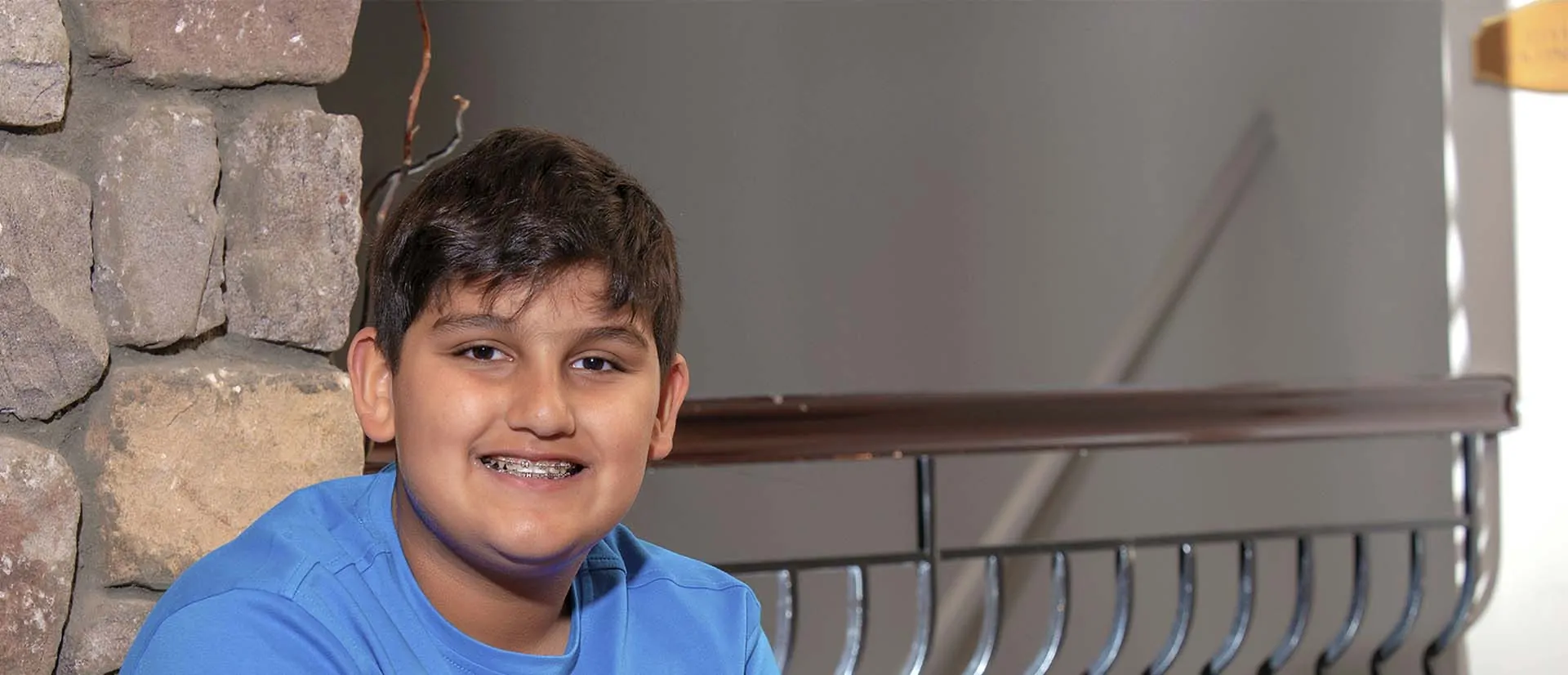Early Intervention
The Importance of Early Intervention
When it comes to pediatric orthodontics, we firmly believe that the earlier the treatment, the better. Early discovery makes it possible to treat smile and bite issues before bones have stopped growing.
We aren’t the only ones who are emphasizing the importance of early treatment: The American Association of Orthodontists recommends that children receive an orthodontic evaluation no later than age seven.
Keeping an Eye on Orthodontic Development
If your children already come to us for their regular care, you can be sure that we are also keeping an eye on their orthodontic development. If not, please be sure to check for the following:
- Loss of baby teeth earlier or later than usual
- Mouth breathing
- Thumb sucking
- Finger sucking
- Difficulty biting or chewing
- Crowded teeth
- Top teeth protruding over bottom teeth
- Bottom teeth overlapping top teeth
- Crowded or overly gapped teeth
- Teeth that do not meet properly (look to see if the spaces between the front teeth line up)
Early treatment may help your child avoid surgery or other serious corrections. In some cases, we can get results that may not be possible once your child has finished growing.
Who is Early Intervention Orthodontics for?
Early Intervention is treatment for children (usually ages 6-10) who are displaying developmental problems that need to be corrected to avoid future problems. Some common reasons for early intervention are:
- Congenital dental abnormalities such as missing, transposed or malformed teeth
- Detrimental habits such as tongue thrust or thumb/finger sucking
- Functional problems such as cross bites, deep bites and asymmetries
- Space maintenance to create or hold space for a permanent tooth when the baby tooth is lost too early.
Does My Child Need an Expander?
If the upper jaw is too narrow, we will create a custom palatal expander. A palatal expander is an oral appliance worn to widen the upper jaw so that the upper and lower teeth fit together properly.
Remember, starting early is better and will give your child more lasting results. Call us today for more information.
Traditional Braces
A Tradition of Orthodontic Excellence
We think everyone deserves a straight, comfortable, confident smile – and our braces can help your child have just that! We offer a range of braces and treatments… but what we find most effective for crowded, gapped, crooked teeth or over- or under bites are traditional wire and bracket braces.
What Are Traditional Braces?
These braces are composed of brackets and a main arch wire. The brackets are placed on the teeth and the arch wire is threaded through the brackets, connecting them together. The wire places pressure on the teeth, gently moving them into the desired position. While braces can be made of a number of different materials, we use stainless steel for strength and durability.
How Will the Braces Look?
Almost everyone has seen someone wearing traditional braces. But we believe that just because they’re traditional, doesn’t mean they can’t be cool! In fact, our braces can be attractive, too. We offer a variety of band colors that can be changed each visit, keeping smiles fresh and fun.
Taking Care of Braces
- Brush after every meal or snack. The most important brushing time is at night.
- Please floss every night. We will show your child how to floss his or her teeth properly while wearing braces.
- Use a mouth rinse with fluoride after brushing and flossing.
- Every six months, schedule a cleaning. This is especially important during orthodontic treatment.
- Be careful about what you eat and put in your mouth. We will provide a list of foods to avoid, but it is also important that your child not chew on things, like pencils, in order to protect their wires.
For more information about how our traditional orthodontic treatments and braces can help your child get a healthier, more confident smile, call us today!
Invisalign
The Invisible Way to Straighten Long Island’s Teen Smiles
Your teenager’s teeth may be crooked or there may be gaps that should be closed – but he or she really doesn’t want braces. Are there any options other than metal braces? Yes, there is! Invisalign clear braces are a great choice for teen smiles that don’t need major orthodontic work.
What is Invisalign?
Invisalign is a dental straightening system that gently and effectively moves teeth to their ideal position, correcting crooked, misaligned teeth and closing gaps without metal wires. Instead, Invisalign uses custom made, clear aligners that are virtually invisible in your teenager’s smile.
How Does Invisalign Work?
Instead of using wires, as traditional braces do, Invisalign utilizes a series of aligners to gradually straighten and perfect the alignment of young teeth. These aligners place gentle yet consistent pressure on teeth to encourage them into their ideal position. Your child will wear each aligner in the series for about two weeks.’
What Are the Benefits of Invisalign?
Using Invisalign is easy and comfortable. Invisalign aligners are made of smooth plastic that fits snugly over teeth without interfering drastically with speech or the playing of musical instruments. They are a great choice for teens involved in activities like drama, chorus or who play musical instruments as they can be removed for performance or practice. Invisalign aligners can also be removed to brush and floss, so teeth stay healthy and clean. They can also be removed when eating or for a special occasion. Best of all, Invisalign aligners are clear, so they are not very visible in any smile. Most people never notice that they are there!
For more information or to find out if your teenager is a candidate for Invisalign, call us today.

